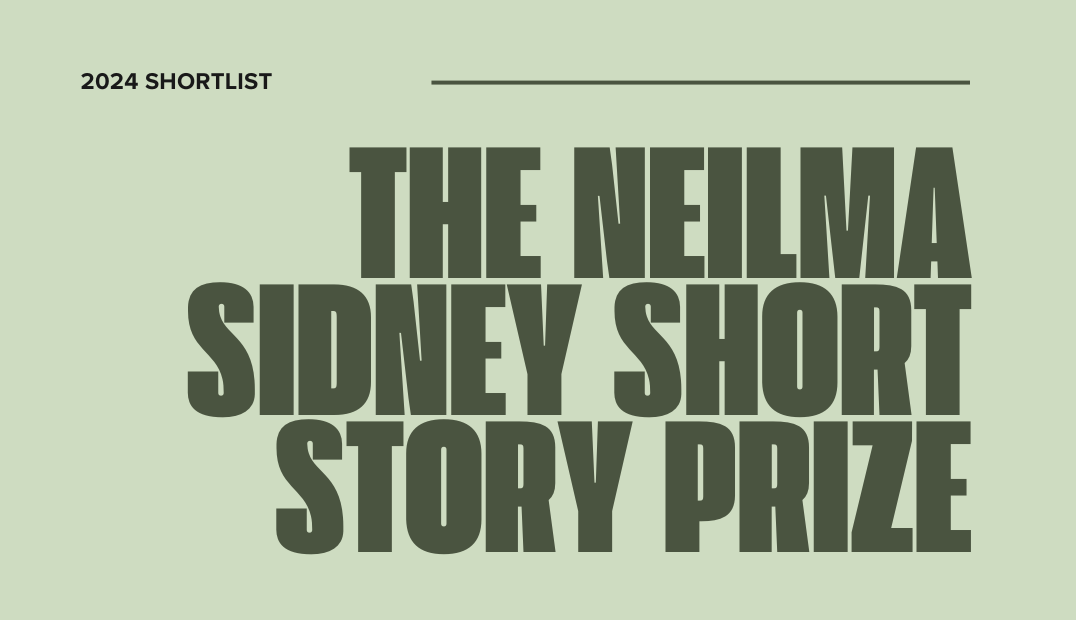 So another young Indian man has been killed in Melbourne. Once again, the newspapers report an immediate denial that racism played any role in the murder, though all the police statement actually says is that investigators have no information as to what took place.
So another young Indian man has been killed in Melbourne. Once again, the newspapers report an immediate denial that racism played any role in the murder, though all the police statement actually says is that investigators have no information as to what took place.
Furthermore, as Gautam Gupta from the Federation of Indian Students in Australia points out, Garg’s assailants didn’t take his possessions, suggesting the attack was not a simple robbery.
His mobile phone and his wallet were still there. There’s a lot of frustration because of the question of racism. What we have to see is how this anger is manifested. From their point of view, there can be no other motivation than race. Everyone I have spoken to says there’s a lot of fear and a lot of anger about it.
In any case, as Liz Thompson and Ben Rosenzweig argue, in these contexts race and class become fundamentally entwined.
Here, international students increasingly make up racialised low-wage labour markets across the service sectors, with taxis, convenience stores, restaurants and domestic cleaning positions staffed largely by such students. Some enter sex-work economies because of the possibilities either of informal work or of being able to live on income from twenty hours of work.
[…]
International student visas nominally restrict overseas students and their spouses to no more than twenty hours of work a week. Given their ineligibility for any welfare, and the difficulty of living on twenty low-wage hours, the restrictions often mean that students seek, at least partially, off-the-books work. Since breaches of conditions are punished by mandatory visa cancellation and deportation, few can act overtly against employers profiting from occupational health and safety breaches, unpaid trial work and massive wage underpayment.
In other words, because of their economic and social marginality, young Indian men are uniquely vulnerable to violence, whether or not that violence is specifically or consciously racialised.Thus Garg’s housemate explains that Garg had previously been beaten and threatened at knifepoint at Newport train station. It would be interesting to know whether that attack was ever reported.
Not coincidentally, Footscray – the suburb in which Gupta was killed – is about to become a test case for an astonishing new kind of policing. As the Age explains:
Police have targeted part of the Footscray central business district to test new search powers in a crackdown on drunkenness and violence.
Under new search laws enacted last month, police can declare areas designated search zones if they have a history of weapon use or if police believe an incident will happen.
On January 7, a block north of the Maribyrnong town hall will be the first area to be searched under the legislation. For three hours, police will be authorised to carry out weapons searches without warrants on members of the public, in their vehicles, and in ”anything” under their control.
Police can seize weapons, request identification and detain people or vehicles to carry out the search.
Such operations will, in all probability, now to be touted as a response to Garg’s death. But it’s hard to see how they will make any difference to knife crime (or, for that matter, drunkenness) — and not just because a three-hour program seems far more likely simply to move social problems along rather than achieve anything substantial.
More importantly, if overseas students are, as Thompson and Rosenzweig suggest, forced by visa conditions to embrace a semi-legal economy, a massive police presence will scarcely assist them. If you’re worried that if you come to the authorities’ attention, you might end up deported, you are hardly likely to seek assistance from the cop on the beat.
There’s a simple syllogism at work here: the more rights that young Indian students and workers enjoy, the safer they will be. Conversely, if they continue to be exploited by the education industry and then, secondarily, by employers, they will remain an ongoing target for deadly violence.





